For pretty much as long as I’ve been writing about games, I’ve wanted to write a massive critique of Final Fantasy VIII. It’s probably the single most divisive game in the series, and with some of the weirdest mechanics since Final Fantasy II (the NES one, not the American release of Final Fantasy IV). And, hell, one of the strangest and most surreal plots of the series too.
It was the first Final Fantasy for many; for some, it’s certainly their favorite. For me, it’s a mish-mash of clever and fascinating ideas, implemented with all the skill and finesse of a toddler with a jackhammer – and the result is just as broken as that implies.
Unfortunately, this isn’t the sprawling, deep-diving critique of Final Fantasy VIII I’d love to write, so my opinions on the game itself don’t matter a great deal. This is a look at the brand new Final Fantasy VIII Remastered: a shinier, better version of the game.
Or that’s the theory, at least.
The specs
Minimum:
Processor: AMD A-Series 2.2GHz / Intel Core i3 2.2GHz
Memory: 2 GB RAM
Graphics: AMD Radeon R7 240 / Nvidia GeForce GT 730
Recommended:
Processor: AMD A8-Series 3.1GHz / Intel Core i5 2.8GHz
Memory: 4 GB RAM
Graphics: AMD Radeon RX 470 / Nvidia GeForce GTX 960
Writer’s System:
Processor: Intel Core i7-3820 3.6GHz
Memory: 16 GB RAM
Graphics: Nvidia GeForce GTX 1080 Ti
Looking at those specs, Final Fantasy VIII Remastered should run on basically anything that can still be called a gaming machine. Considering the target frame rates that’s probably true, but not without caveats.
By “target frame rates” I mean that Remastered runs at exactly the same frame rates as the original did. General wandering is locked to 30 FPS, while both FMVs and combat are stuck at 15 FPS. This isn’t something I expected to change — there’s a lot synced to the frame rate, so I imagine it would’ve taken a hell of a lot of reworking — but it’s also probably the one thing I wanted to change. While the FMVs are built for it and work around it just fine, (That intro is still a thing of beauty.) 15 FPS combat is more than a little jarring.
And by “caveats,” I mean that my computer had difficulty keeping those frame rates constant at times. We’ll get into that in a moment, when we examine the options.
The options
There are actually two sets of options in Final Fantasy VIII Remastered, and they conflict slightly. There are the ones in the launcher and the ones in the game itself.
As you can see, the launcher gives you a maximum resolution of 1920×1080. The in-game options, on the other hand, gave me the option of going up to 2560×1440. I’m not sure whether even higher resolutions are supported or if it is limited to what my monitor can handle, but that’s all I’ve got. There are also anti-aliasing controls, but in terms of graphical options that’s about your limit.
Note that Final Fantasy VIII only runs in 4:3, so at any other aspect ratio you’re going to have giant black borders. Again, a mild shame considering a lot of the screens pan horizontally or vertically, but this probably would’ve been a giant pain in the ass to code around and could’ve caused problems with event flags. You only really need to look at the high resolution mods for games like Fallout 2 to see that happen. Again — a shame, but not unexpected.
So, frame rate. At 1920×1080, it ran fine. When I decided to up it to 2560×1440 Borderless Windowed… it sometimes didn’t. The first scene I tried this in – the initial gathering in the Balamb Garden classroom – instantly saw frame rate drop from 30 FPS down to anything between 10 and 20. Later scenes didn’t have this issue, but it still happened from time to time.
The graphics
And now, something that’ll prove to be as divisive as the game itself: the graphical upgrades. Honestly, most of the upgrades here are to the major characters, and they do look good. This is part of the problem.
See, nothing else has really been changed, and shiny new characters on pre-rendered backgrounds designed for resolutions close to 640×480 really stand out. And not in the sense of “They look outstanding,” but rather “They look very out of place.” It doesn’t help that there’s almost certainly some smoothing work going on here too.
This can be mitigated by playing Final Fantasy VIII at a lower resolution, but that’s somewhat missing the point. It also doesn’t fix everything. The world map, for instance, is a horrible blurry mess of eye pain no matter what. On the plus side, the menus generally look lovely as they’ve been redone nicely.
It’s not a graphical thing, but another plus side is that we actually have the proper music now. No more MIDI-quality stuff: This is the real soundtrack.
Final Fantasy VIII Remastered, not so fantastic?
Which leaves us with the other bits and pieces. Unless I’ve gone blind (blame the world map), we’re missing the classic visuals mode from the original release, which basically turned off all the background smoothing and so on.
Sure to annoy more people, we’re also missing Chocobo World, the little PocketStation minigame that could give you items. This was previously included in the PC release, but here it’s gone, with the items it could grant you now available via the Angelo Search command.
In its place, we have some cheats — or quality-of-life improvements, if you like. Battle Assist gives you maxed out ATB and HP and lets you trigger Limit Breaks at any time, making battles a cakewalk. No Encounters disables all random encounters, which is actually kind of a boon because leveling up in Final Fantasy VIII can be a bad thing.
Finally and most usefully, there’s 3x Speed, which triples the speed of the game. This includes things like screen transition loading times, world map walking speed, and the incredibly lengthy summoning times, so I’m vastly in favor of this option.
But I’m still left with incredibly mixed opinions on Final Fantasy VIII Remastered. As with so many “remasters,” it’s a case of several steps forward, several steps backwards. The speed boost is very welcome, the new models look nice, and we’ve got the good version of the soundtrack. But the graphical improvements look very out of place next to the old-school stuff, some elements have been excised, and the frame rate drops on higher resolutions are more than a little worrying. All of this means it’s hard to say this is in any way the “definitive” version of Final Fantasy VIII, and regardless of my feelings on the game itself, that’s a crying shame.
But hey, Escape brings up a menu and doesn’t instantly quit to desktop. We’re staying consistent.

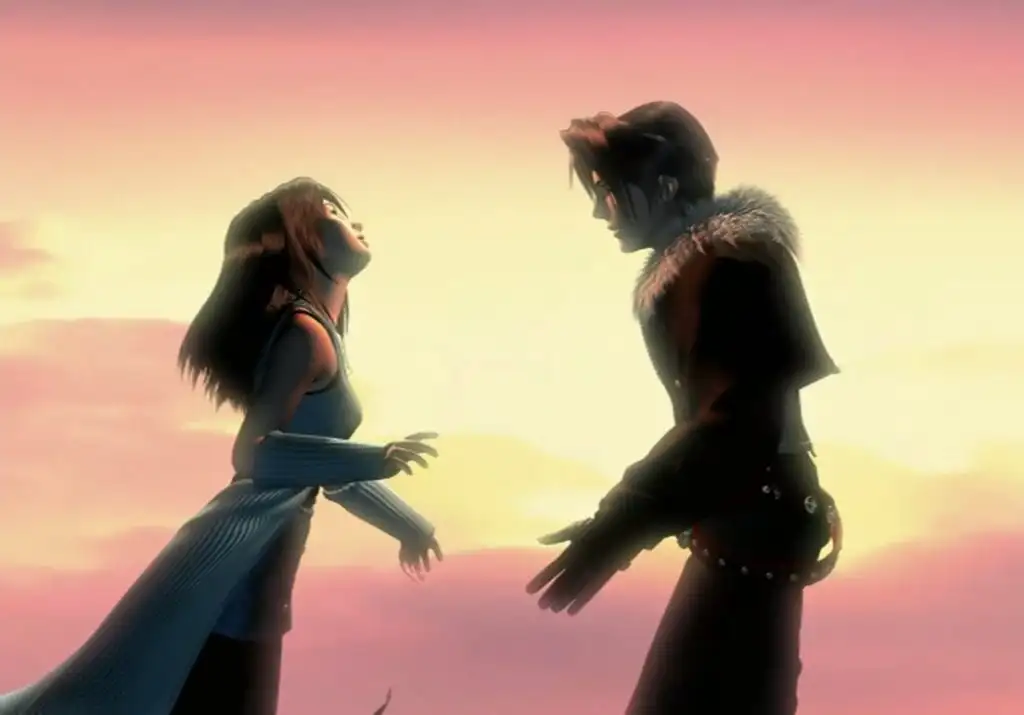

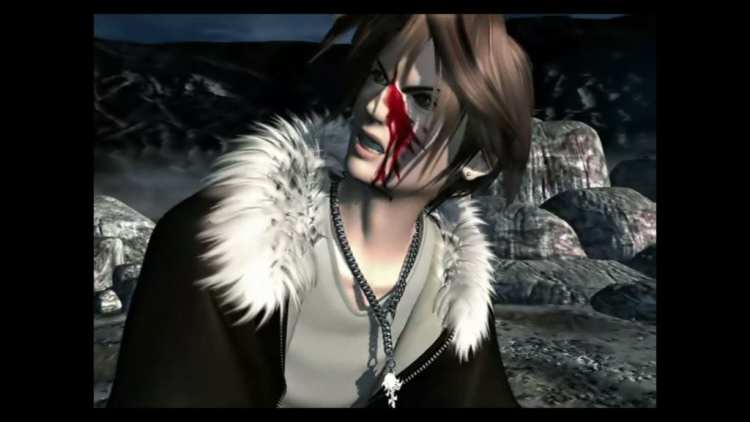
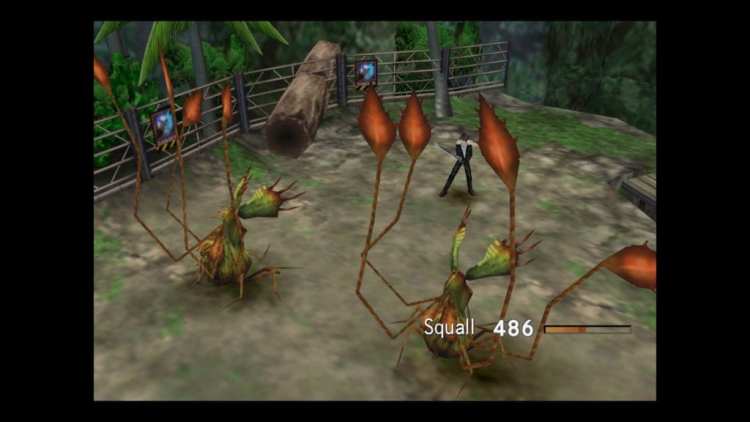
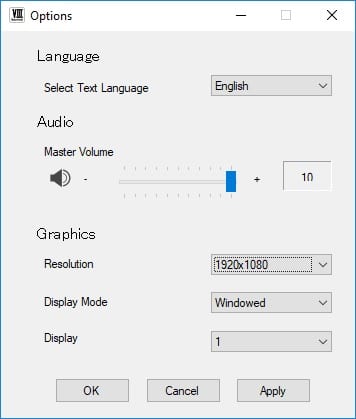
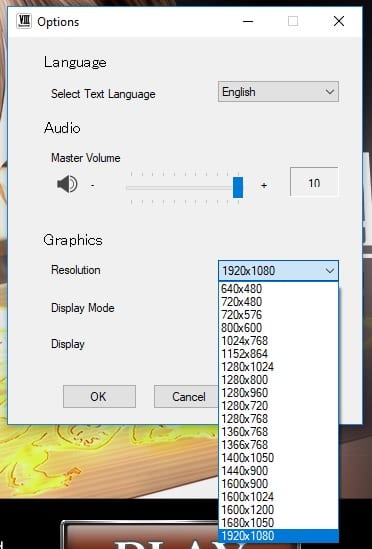
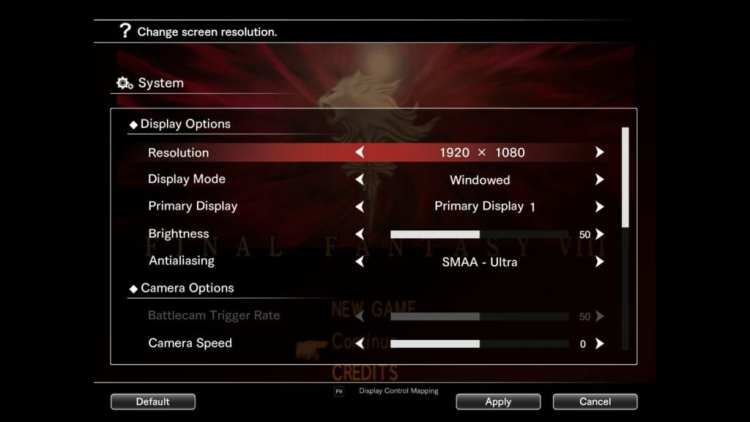
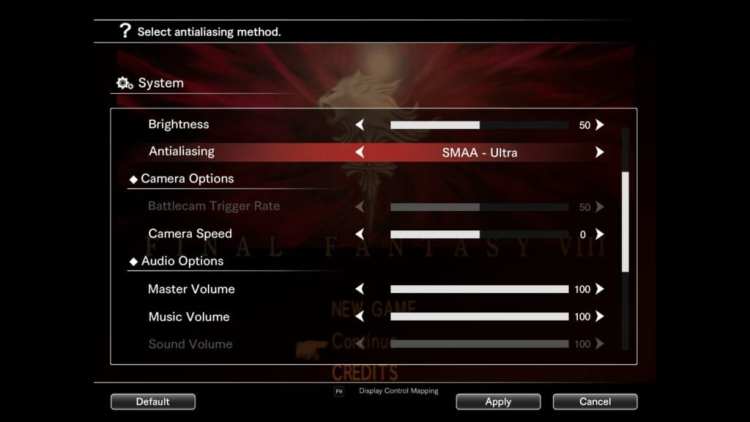
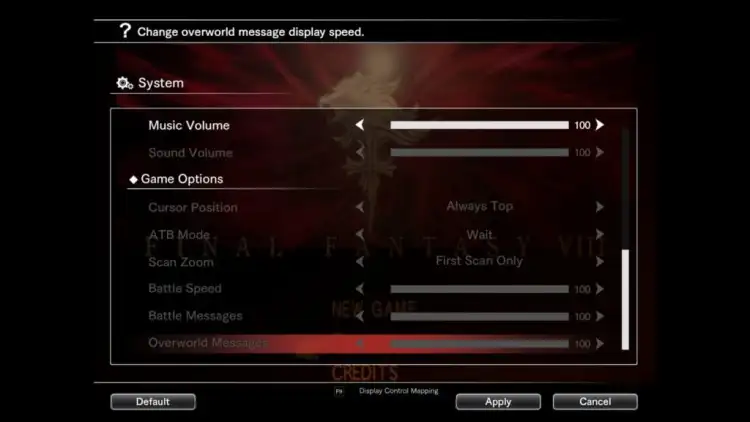
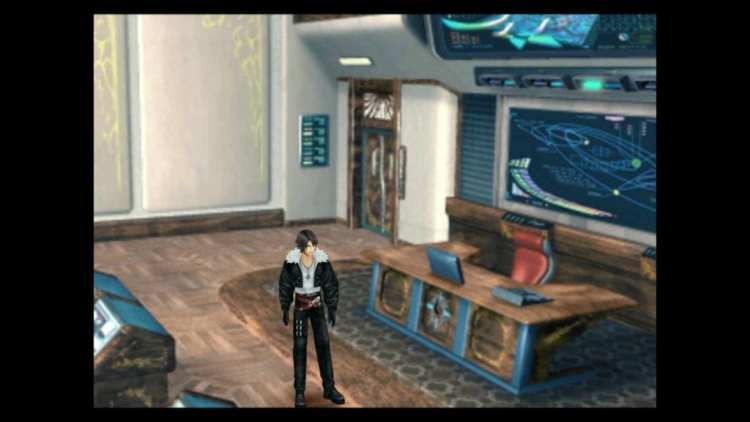
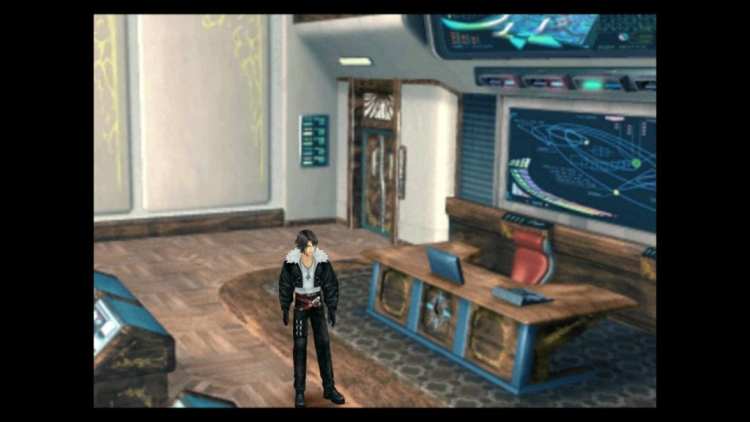
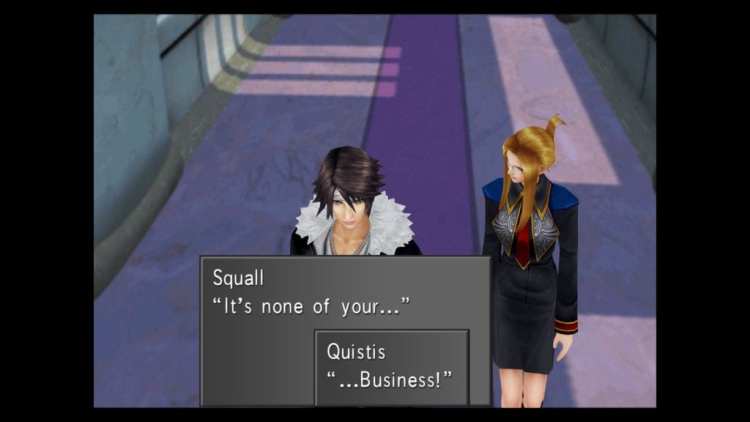
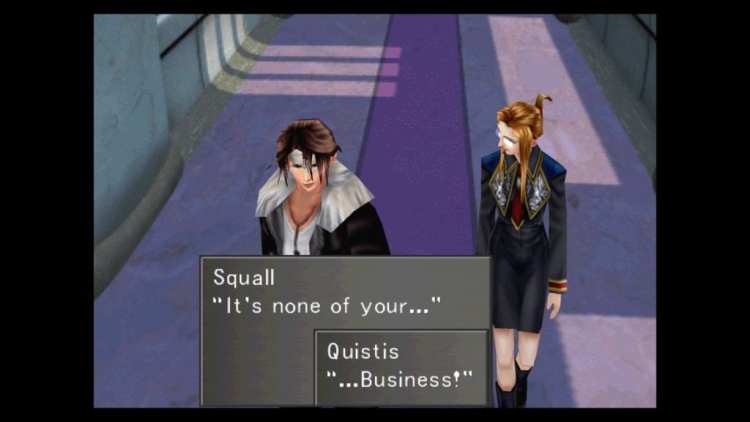
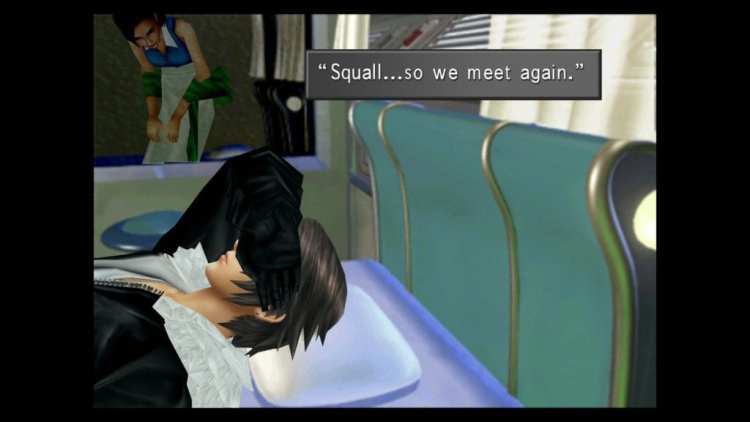
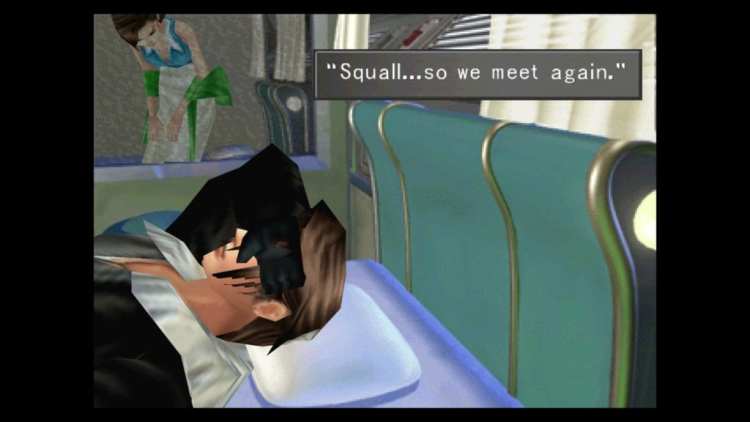
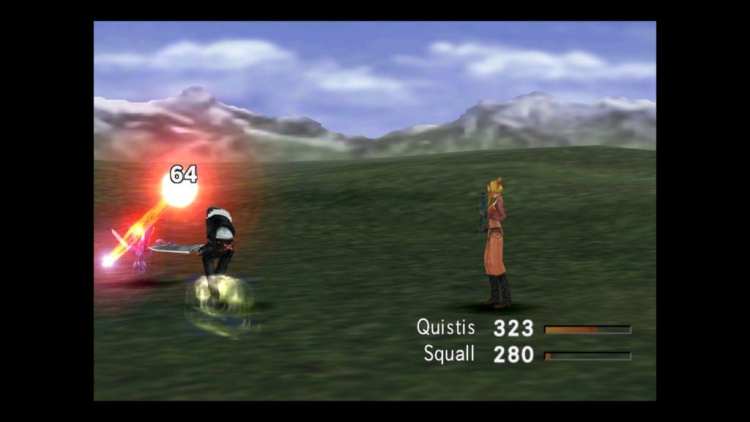
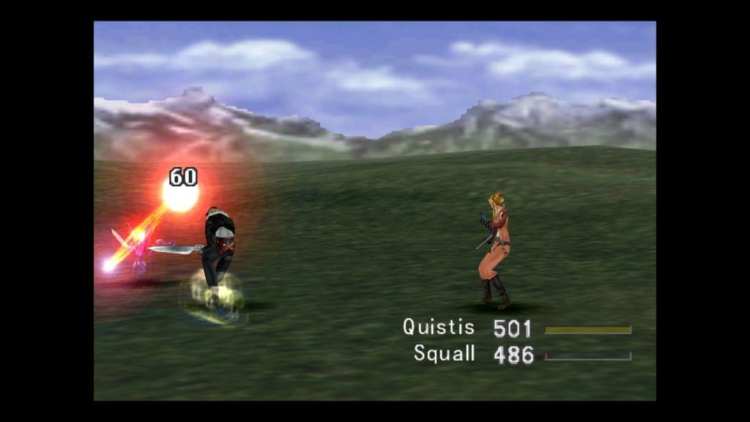
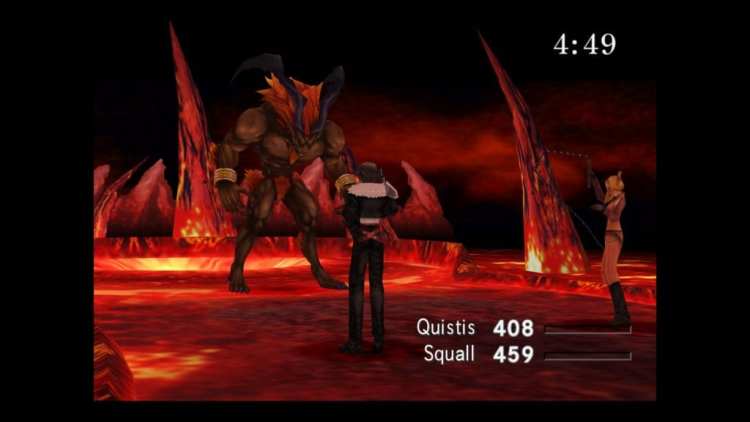
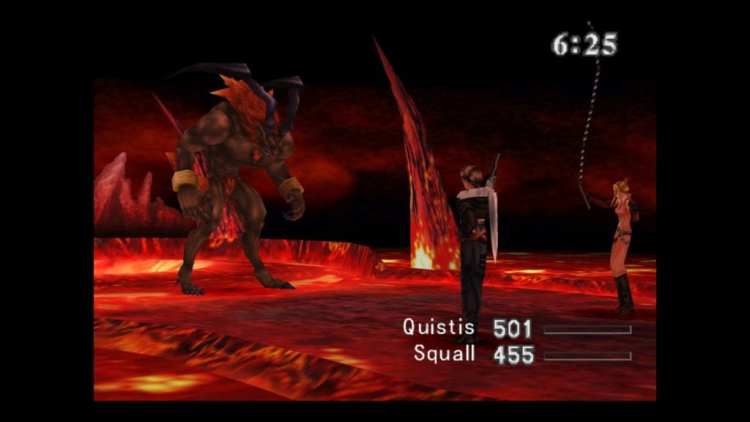
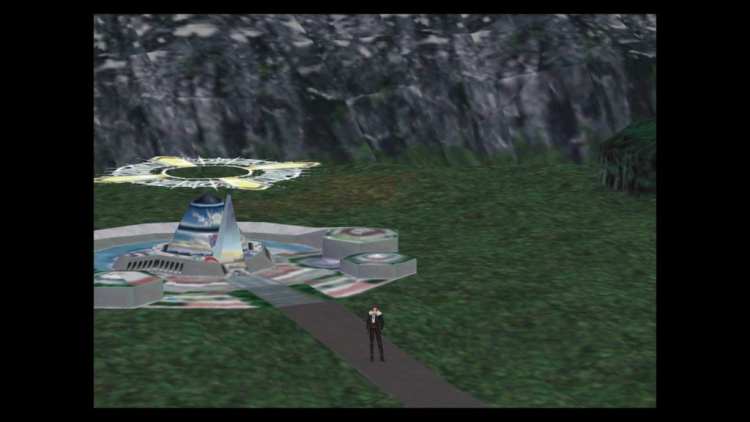
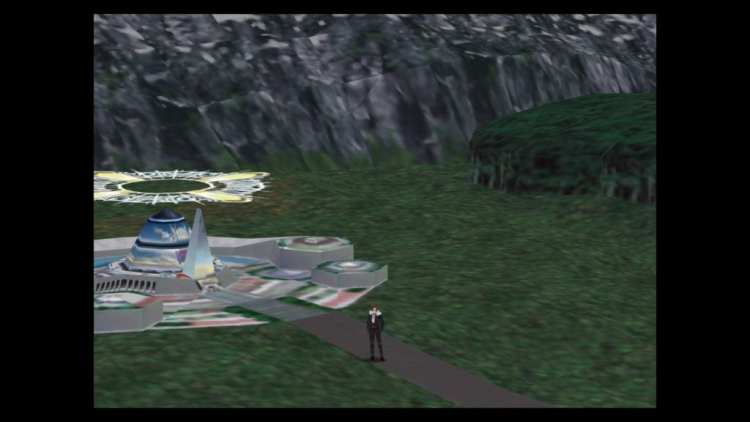
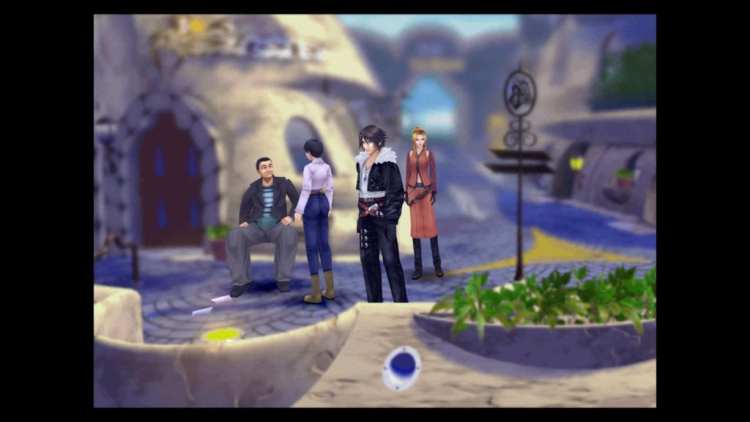





Published: Sep 3, 2019 11:30 pm